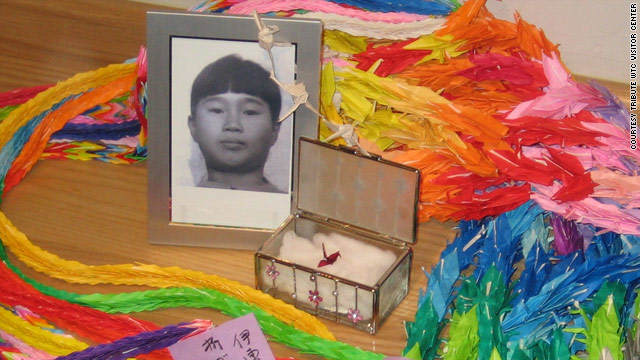Eight ancient drinks uncorked by science

By John Roach, contributor
SOURCE: http://www.msnbc.msn.com/id/34435526/ns/technology_and_science-science/?pg=1#Tech_Ancient_drinks
Throughout human history, alcoholic beverages have treated pain, thwarted infections and unleashed a cascade of pleasure in the brain that lubricates the social fabric of life, according to Patrick McGovern, an archaeochemist at the University of Pennsylvania 
For the past several decades, McGovern's research has focused on finding archaeological and chemical evidence for fermented beverages in the ancient world. The details are chronicled in his recently published 
He argues that the mind-altering effects of alcohol and the mysterious process of 
The author, shown here examining an ancient pottery sherd, spoke with msnbc.com about his research. Click the "Next" arrow above to learn about 8 ancient drinks uncorked by science.
While the human relationship with alcohol may trace back to our ancestors, the earliest chemical evidence for an alcoholic beverage dates back 9,000 years to the ancient village of Jiahu in China's Henan 
Based on the analysis of residues extracted from pottery fragments, McGovern and colleagues concluded that the people were drinking a mixed wine-and-beer-like beverage made with grapes, hawthorn 
"We worked hard on getting this interpretation right. Since it does represent the oldest alcoholic beverage, it was really gratifying to get that 
|
Turkey: Mixed drink for Midas?
In 1957, University of Pennsylvania 
In the late 1990s, McGovern and his colleagues analyzed residues inside the vessels and found evidence for a mixed beverage of grape wine, barley beer and honey mead. In March of 2000, he challenged microbrewers to make a representative concoction – and in the process prove or disprove that such grog was a plausible, enjoyable drink. Sam Calagione of the Dogfish Head brewery came through with what has become his most celebrated beverage: "Midas Touch."
|
|
Phoenicia: Active in the wine trade
Analysis of a pottery jar, or amphora, pulled up from a late 8th century B.C. shipwreck in the Mediterranean off the coast of Israel offers a strong hint that the wine trade flourished as a result of Phoenician enterprise originating from the coast of Lebanon and Syria, according to McGovern.
He and his colleagues discovered that the amphora was filled with a tree-resin-infused wine. What's more, the bottle had been sealed with resin to prevent the liquid from leaking out and oxygen getting in and spoiling the wine. Other Phoenician 
"Some of the people working on that area say that the wine trade was really what transferred culture from the eastern Mediterranean to the western Mediterranean, because all of these ships are just chock-full of wine-related artifacts," McGovern said.
| |||||
|
|
| ||||
|
| ||||||||
For some reason or other, a pre-Incan civilization known as the Wari abandoned their outpost atop Cerro 
The drink of choice for the Wari was made from the fruit of the pepper tree Schinus 
Egypt: Beer helped build the pyramids
For many a manual laborer, even today, few things are as rewarding after a long day's work than a mug of beer. The ancient Egyptians knew this. The workers who built the Great Pyramids, for example, were paid in a daily allotment of bread and beer, noted McGovern. Just how deep in time the Egyptian beer-making tradition goes is uncertain, but pottery remains from 
Chemical analyses suggest that barley was mashed and beer was made at the site and other sites nearby. If so, they would be the earliest breweries in the world. "They seem to be making beer on a very large scale," McGovern said. "It was probably involved in large-scale architectural 
|
|














